In this article
The Maltese is a playful and gentle dog belonging to the toy breeds group. This charming and stylish dog has seen steady popularity in recent years, which is no surprise considering the breed’s wonderful temperament. The Maltese is known for being adaptable and affectionate with their family. If you’re considering the Maltese for your family, you may wonder just how big this dog can get and what size and weight to expect. The Maltese stands at 7–9 inches at the shoulder and weighs no more than 7 pounds.

Maltese Breed Overview
Maltese dogs are from the island of Malta, which is only 60 miles south of Sicily. The island was conquered by several groups, including the Phoenicians, Romans, Greeks, Carthaginians, Normans, and Arabs. It is believed that the Phoenicians introduced the Maltese. Many people fell for the Maltese’s beauty and charm, which are featured in many poems, fables, and myths.
Due to the Maltese’s excessive charm and desirable appearance, they appeared in some of the earliest dog shows. The breed standard declares that the Maltese must have white fur and black points, although other color variations exist. The Maltese’s coat is long and straight, requiring daily care to maintain a silky texture, but the glamorous results are well worth it.
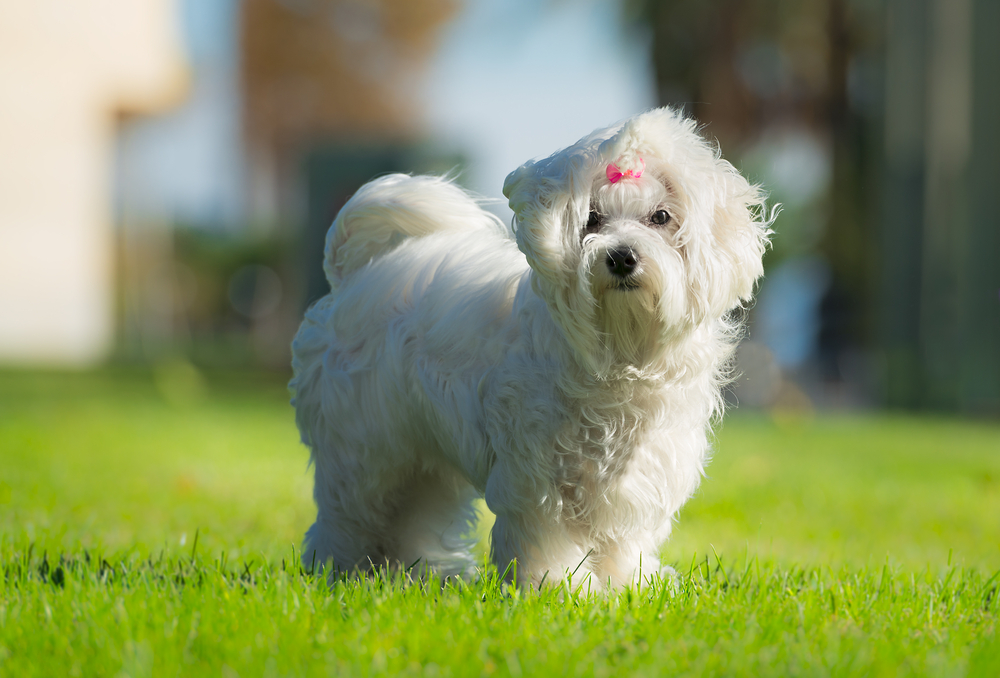
Maltese Size and Growth Chart
In the chart below, we’ve given estimates of the average Maltese puppy’s growth. The size of your Maltese will change with age.
| Age | Weight Range | Length Range |
| Newborn | 0.25–0.5 pounds | < 5 inches |
| 8 weeks | 1.5–2.25 pounds | < 5 inches |
| 3 months | 2.25–4 pounds | 5 inches |
| 6 months | 3–6 pounds | 7–8 inches |
| 9 months | 3–7 pounds | 8 inches |
| Adult | 7 pounds or less | 8 to 10 inches |
How Big Will My Maltese Get?
Generally, you can expect your Maltese puppy to reach full adult size around 12 to 14 months. From then on, your Maltese’s weight changes should be minimal. Your dog’s weight may differ slightly depending on muscle weight or age, but it shouldn’t stray too far from the normal weight of 7 pounds or less. If you want to estimate how much larger your Maltese puppy will get, there are a few ways to do so.
First, check your puppy’s paw size. Large paws correlate with a large body size, so if your puppy’s paws appear disproportionately large compared to the rest of the body, that can indicate that your dog is still growing.
Another way you can estimate your Maltese’s final size is by knowing how large the parents were, as genetics play a significant role in determining size.


Factors Affecting the Size of Maltese
Some of the most common factors that affect the size of your Maltese include nutrition, activity levels, health, and genetics. Your Maltese’s nutrition is a vital part of their overall health and significantly contributes to their size. If you feed your puppy a high-quality diet in proper amounts for their age and breed, they’re more likely to grow steadily and healthily. On the other hand, low-quality food and improper portioning may cause your Maltese to gain or lose excessive weight.
Activity levels are another key to your dog’s growth and development. Adequate exercise will allow your puppy to grow sufficient muscle mass and prevent excessive fat build-up. Your dog’s growth may be impacted if your Maltese has any health conditions. If you suspect your puppy is suffering from a medical complication, reach out to your vet immediately to ensure their growth and development are not impeded.
Ideal Diet for Maintaining a Healthy Weight
A healthy diet is essential for your dog’s health, but it is especially vital during your puppy’s growth stages. To ensure that you are feeding your Maltese a sufficient and nutritious diet, look for a high-quality puppy food with a good protein source. Ensure there is a healthy amount of fiber and a moderate amount of fat.
Look for a formula developed with small-breed puppies in mind. When your Maltese grows into adulthood, you can graduate to adult foods. As a senior, your Maltese will need meals designed to help your dog maintain a healthy weight. The best way to ensure that your Maltese develops at a steady pace is to be in regular contact with your veterinarian, who can help you devise a proper diet and growth plan.
If you need to speak with a vet but can't get to one, head over to PangoVet. It's our online service where you can talk to a vet online and get the personalized advice you need for your pet — all at an affordable price!

How to Measure Your Maltese
You can measure your Maltese puppy’s growth with a measuring tape to determine their height. When measuring your puppy’s weight, you can hold your Maltese and step on a scale. Then, you can step on a scale alone to measure your weight so you can subtract it from the total, thus giving you your puppy’s weight.
When recording your Maltese puppy’s size and weight, compare it to the expected measurements you should see for a Maltese at that age. This will help you know if your Maltese is on track for healthy development or if something is amiss. If your Maltese puppy’s measurements are far from the expected numbers, consult your vet to determine why.

In Conclusion
Proper growth and development are essential for all puppies’ health, even tiny toy breeds like the Maltese. Monitoring your Maltese puppy’s growth is a great way to determine whether your puppy is receiving the proper nutrients and meeting the necessary milestones. Knowing what size your Maltese puppy should be at each stage of life will help you make more informed decisions regarding your dog’s health, as will a regular stream of communication with your vet.
Featured Image Credit: New Africa, Shutterstock


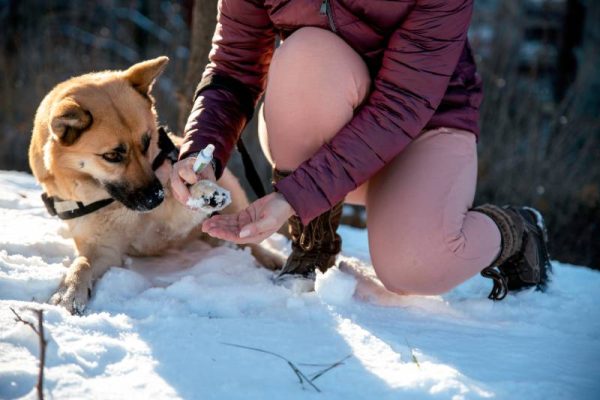
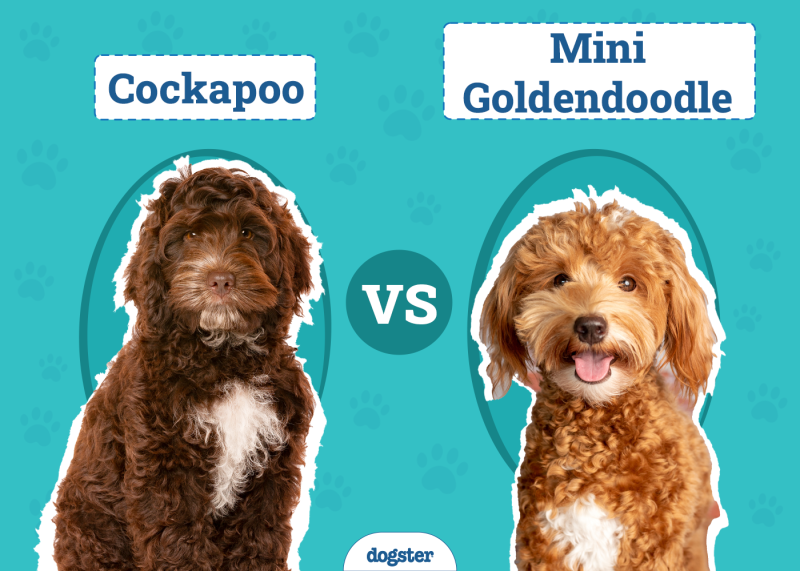
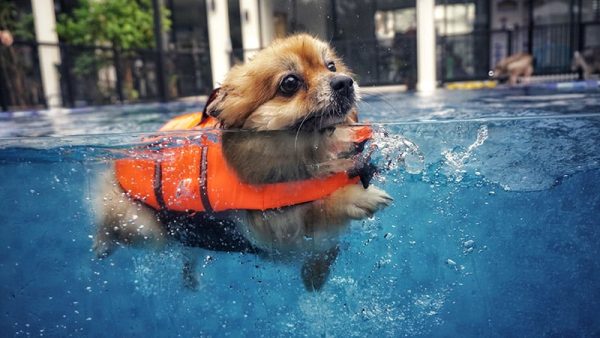
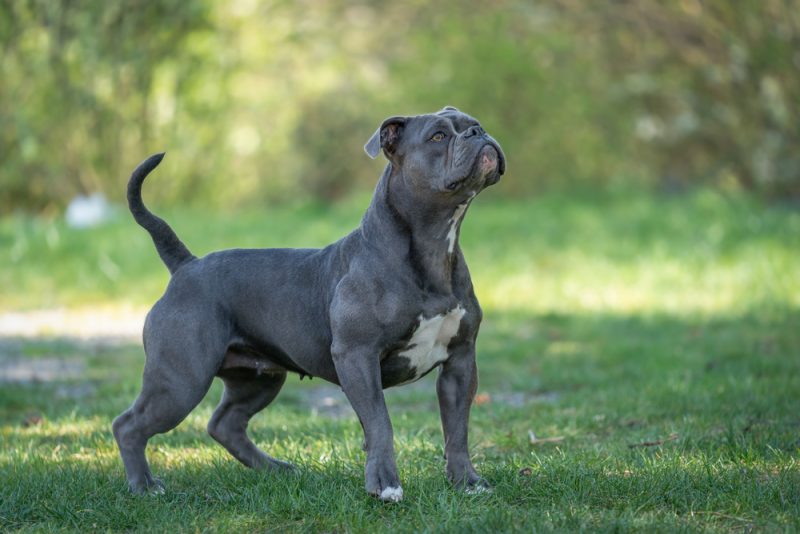

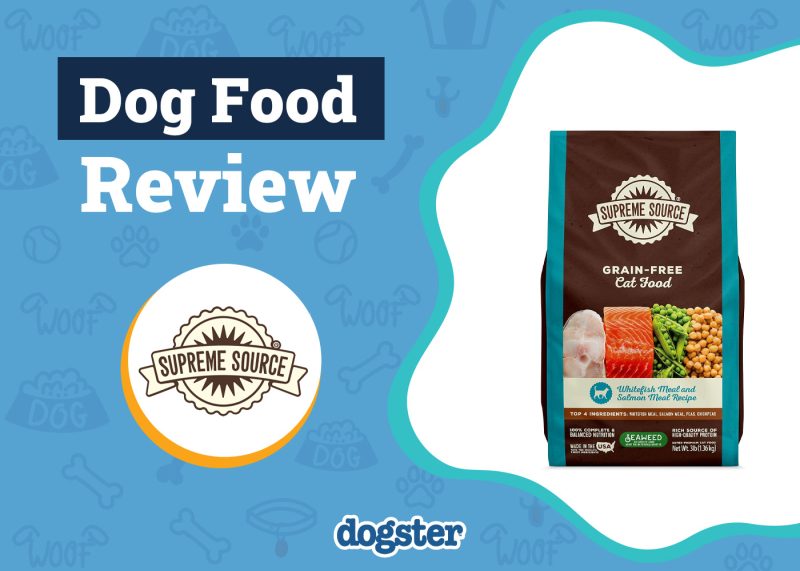



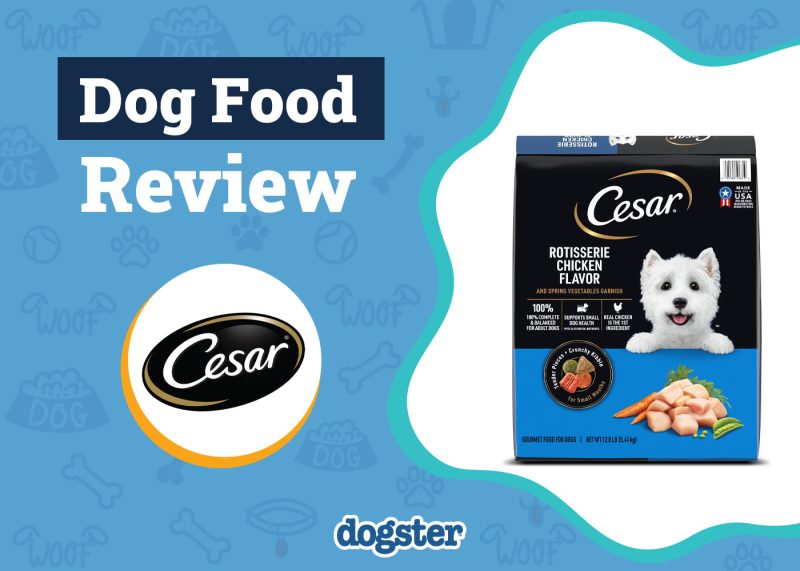
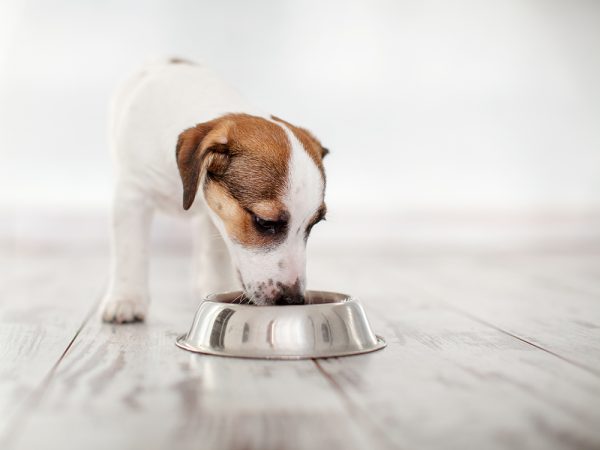
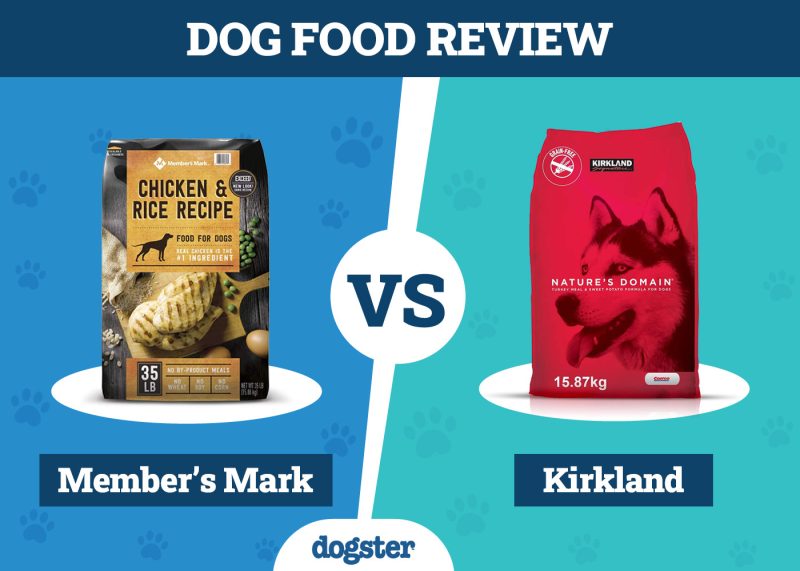



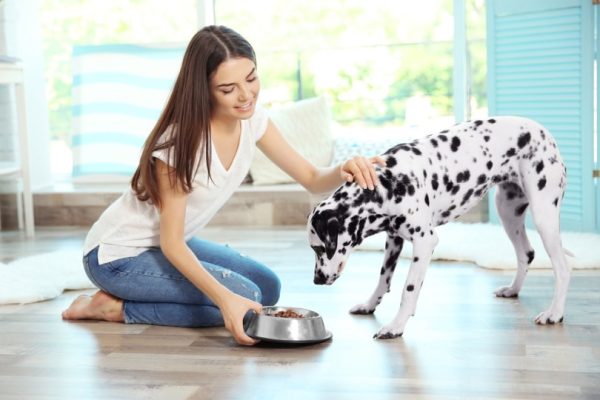

2 Responses
I have papers that say my dog is a Maltese but he weighs 18 pounds but is not fat could he be a cotton de tulear
Hi Ben! Thank you for getting in touch with us. It can be quite alarming when you think you know what sort of dog you have, and they just keep growing. The Coton de Tulear and the Maltese are closely related breeds, so you might be right on that one. Eighteen pounds is still on the heavier side of a Coton de Tulear, though. I would be getting in touch with the breeder and asking them what is going on. I have also sent you an email with some additional information that you might find useful. I hope this helps. 🙂